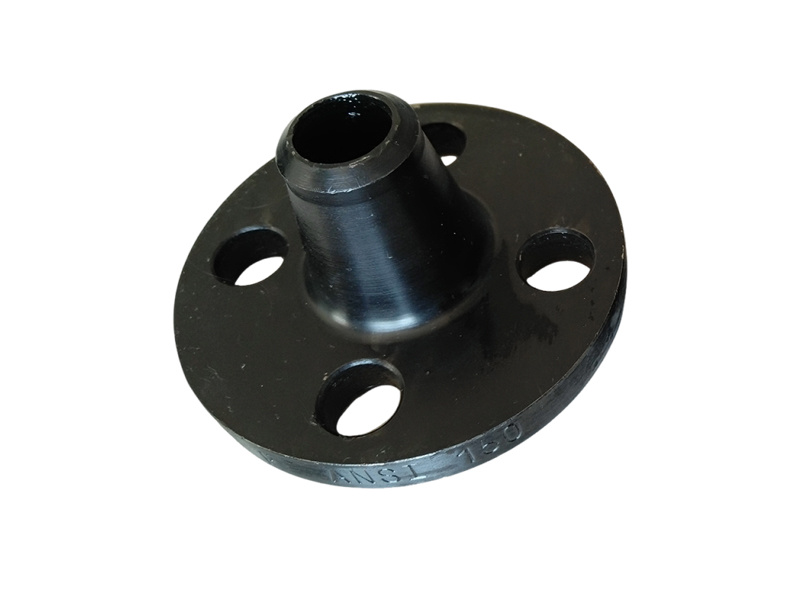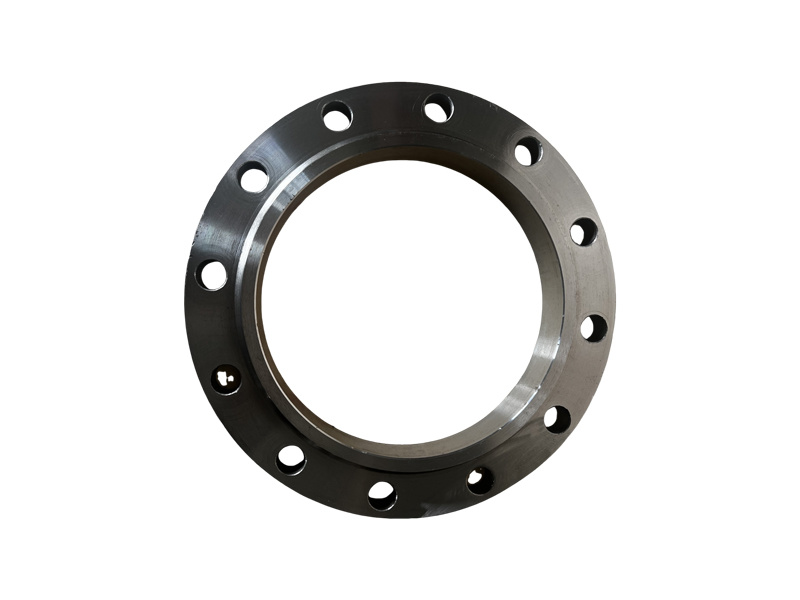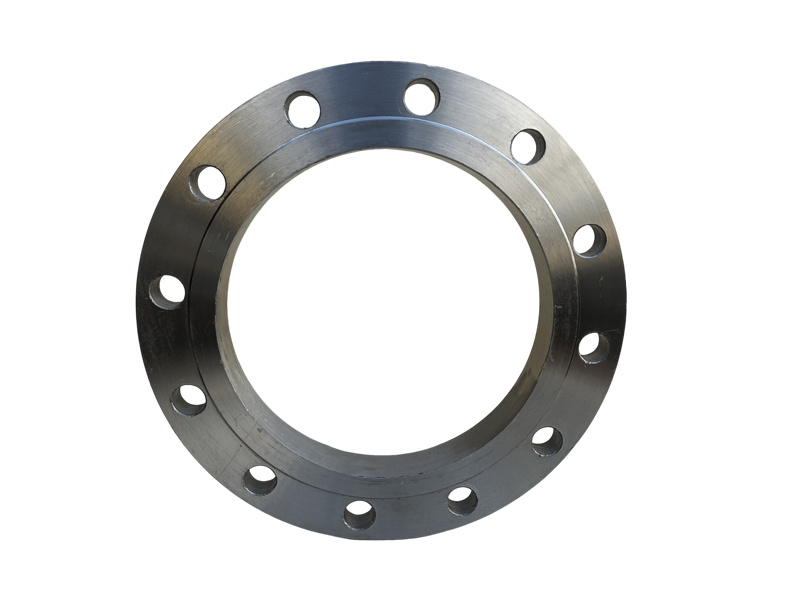-
The Ultimate Guide to BS4504 PN16 Weld Neck Flange Applications
Date:
30 Jun,2025
The Ultimate Guide to BS4504 PN16 Weld Neck Flange Applications In the realm of construction and decorative materials, the importance of selecting the right components cannot be overstated. When it comes to piping systems, the **BS4504 PN16 weld neck flange** stands out for its robustness and versatility. This article provides an in-depth look at these flanges, their applications, advantages, and
The Ultimate Guide to BS4504 PN16 Weld Neck Flange Applications
In the realm of construction and decorative materials, the importance of selecting the right components cannot be overstated. When it comes to piping systems, the **BS4504 PN16 weld neck flange** stands out for its robustness and versatility. This article provides an in-depth look at these flanges, their applications, advantages, and installation practices, ensuring you have all the information needed to navigate your projects effectively.
Table of Contents
- 1. Introduction to BS4504 PN16 Weld Neck Flanges
- 2. Design Specifications of BS4504 PN16 Weld Neck Flanges
- 3. Material Options for Weld Neck Flanges
- 4. Applications of BS4504 PN16 Weld Neck Flanges
- 5. Advantages of Using Weld Neck Flanges
- 6. Installation Guidelines for Weld Neck Flanges
- 7. Maintenance Tips for Longevity
- 8. Common Issues and Troubleshooting
- 9. Final Thoughts
- 10. FAQs About BS4504 PN16 Weld Neck Flanges
1. Introduction to BS4504 PN16 Weld Neck Flanges
The **BS4504 PN16 weld neck flange** is a type of flange designed to provide a robust connection in piping systems. It is characterized by its long neck, which allows it to be welded to the pipe. This design feature enhances the strength and integrity of the connection, making it suitable for high-pressure and high-temperature applications. Understanding the unique properties of these flanges is crucial for engineers and contractors alike.
2. Design Specifications of BS4504 PN16 Weld Neck Flanges
BS4504 flanges are designed according to specific standards that dictate their dimensions, material properties, and pressure ratings. The **PN16** designation indicates that the flange is rated for a maximum pressure of 16 bar at room temperature. The following are key design specifications:
- Diameter: Available in various sizes to fit standard pipe diameters.
- Thickness: Varies according to the flange size and pressure rating.
- Face Type: Can be flat or raised face, depending on the application.
- Bolt Holes: Configuration and quantity are standardized for compatibility with other flanges.
3. Material Options for Weld Neck Flanges
The choice of material for **weld neck flanges** is critical, as it influences the flange's performance and durability. Common materials include:
- Carbon Steel: Suitable for general applications where corrosion is not a concern.
- Stainless Steel: Ideal for corrosive environments due to its resistance to rust and oxidation.
- Alloy Steel: Provides enhanced strength and temperature resistance, making it suitable for extreme conditions.
- Duplex Steel: Offers excellent corrosion resistance and high strength, often used in oil and gas applications.
4. Applications of BS4504 PN16 Weld Neck Flanges
BS4504 PN16 weld neck flanges find extensive use across various industries. Here are some primary applications:
- Oil and Gas Industry: Used in pipelines to transport hydrocarbons safely under high pressures.
- Water Treatment Plants: Essential for connecting large diameter pipes in water distribution systems.
- Power Generation: Utilized in steam systems for power plants, where pressure and temperature variations are common.
- Chemical Processing: Applied in chemical plants where resistance to corrosion and high pressure is required.
5. Advantages of Using Weld Neck Flanges
The **BS4504 PN16 weld neck flange** offers numerous advantages that make it a preferred choice for many applications:
- Durability: The welded connection withstands high pressures and temperatures, ensuring a longer lifespan.
- Ease of Alignment: The long neck allows for better alignment during installation, reducing stress on the flange.
- Versatility: Suitable for a range of applications across multiple industries.
- Leak Resistance: The design minimizes the chances of leaks, ensuring system integrity.
6. Installation Guidelines for Weld Neck Flanges
Proper installation is vital for the performance of **weld neck flanges**. Here are essential installation guidelines:
- Surface Preparation: Ensure all mating surfaces are clean and free from debris to prevent leaks.
- Alignment: Verify that the flange is correctly aligned with the pipes to avoid undue stress.
- Welding Technique: Use appropriate welding methods and materials compatible with the flange material.
- Inspection: Conduct a thorough inspection post-installation to check for any defects or misalignments.
7. Maintenance Tips for Longevity
To ensure longevity and optimal performance of **weld neck flanges**, regular maintenance is essential. Here are some effective maintenance tips:
- Regular Inspections: Periodically check for signs of wear, corrosion, or leaks.
- Cleaning: Keep flanges clean from dirt and debris to prevent corrosion.
- Monitor Pressure Levels: Ensure that the system operates within the specified pressure ratings to avoid damage.
- Prompt Repairs: Address any issues as soon as they are identified to prevent further damage.
8. Common Issues and Troubleshooting
Even with proper maintenance, issues may arise with **weld neck flanges**. Here are some common problems and troubleshooting tips:
- Leaking Flanges: Check for improper sealing or damage to gaskets. Replace any faulty components.
- Corrosion: Inspect for corrosion and replace flanges if necessary. Use corrosion-resistant materials for replacements.
- Misalignment: Re-align the flanges and pipes to ensure a proper fit.
- Over-tightening: Avoid excessive torque on bolts, which can damage the flange or gasket.
9. Final Thoughts
The **BS4504 PN16 weld neck flange** is an invaluable component in modern piping systems. Its robust design, coupled with the advantages it offers, makes it a go-to choice for various applications. By understanding its specifications, applications, and maintenance requirements, you can ensure optimal performance and safety in your projects.
10. FAQs About BS4504 PN16 Weld Neck Flanges
What materials are commonly used for BS4504 PN16 weld neck flanges?
Common materials include carbon steel, stainless steel, alloy steel, and duplex steel, depending on the application and environmental conditions.
How do I install a weld neck flange correctly?
Ensure surface preparation, alignment, and correct welding techniques. Always conduct a post-installation inspection for defects.
What are the main advantages of using weld neck flanges?
They offer durability, ease of alignment, versatility, and leak resistance, making them ideal for high-pressure applications.
How often should I inspect my weld neck flanges?
Regular inspections should be conducted every few months or sooner if the system operates under extreme conditions.
What should I do if I find a leak in my flange connection?
Identify the source of the leak, check for damaged gaskets or misalignment, and replace any faulty components as necessary.
Related News
30 Jun,2025
The Ultimate Guide to BS4504 PN16 Weld Neck Flange Applications
The Ultimate Guide to BS4504 PN16 Weld Neck Flange Applications In the realm of construction and decorative materials, the importance of selecting the right components cannot be overstated. When it comes to piping systems, the **BS4504 PN16 weld neck flange** stands out for its robustness and versatility. This article provides an in-depth look at these flanges, their applications, advantages, and
29 Jun,2025
Understanding GOST 12820-80 Plate Flange: A Comprehensive Guide for Construction Professionals
The GOST 12820-80 Plate Flange is an important component within the construction and decorative materials sector, particularly in the realm of piping and fittings. Developed under the GOST (Gosudarstvennyy Standart, or State Standard) framework, this standard outlines the design, dimensions, and materials used for plate flanges in Russia and other countries that adhere to GOST standards. Understan
28 Jun,2025
The Economic Impact of Using JIS B2220 10K Flange in Construction
The Economic Impact of Using JIS B2220 10K Flange in Construction The world of construction is constantly evolving, with new materials and standards emerging to meet the growing demands of efficiency, safety, and sustainability. Among these advancements, the JIS B2220 10K flange stands out as a critical component in various piping systems. This article aims to explore the economic impact of using
Contact information
Address: North Ring Industrial Zone, Mengcun County
Telephone: 86 0317- 6729218 86 0317-6727320
Fax: 0317-6727310
mobile phone: 86 13833761688whatsapp: 86-13780271039
Email: shengyuanflange@163.comLeave Message










